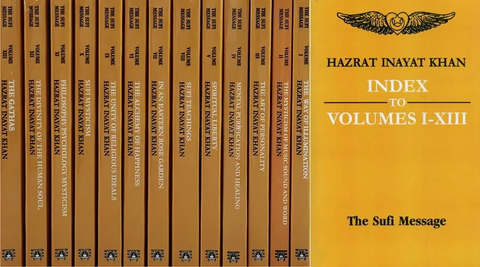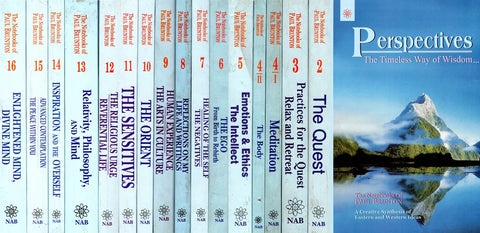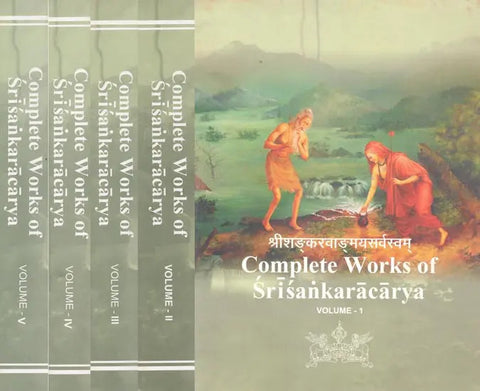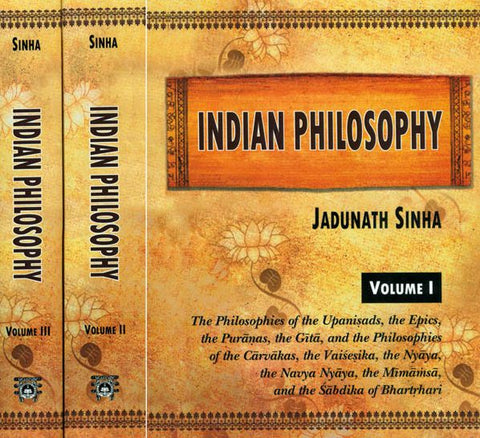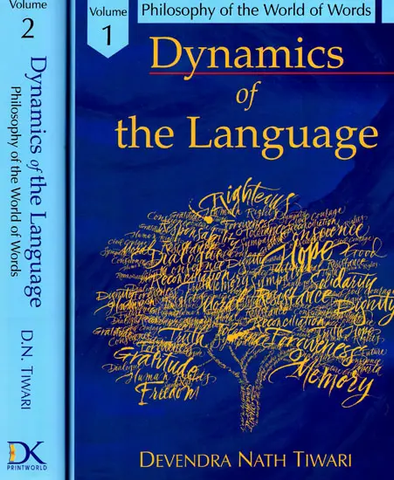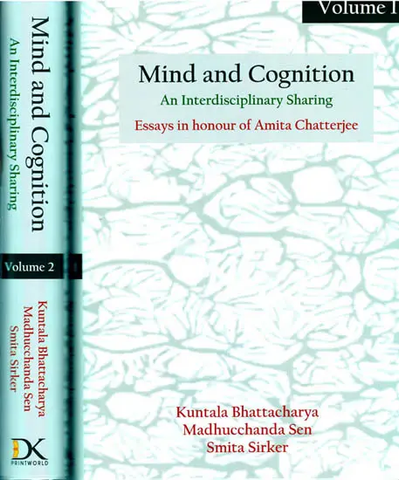Your cart is empty now.
'Culture and Consciousness' argues that the vast interdisciplinary boom in consciousness research has enormous implications for literary and cultural studies and that the potential benefits of this research in the twenty-first century are momentous. Its objective is to show how consciousness studies can help us reassess our approach to key issues and the fundamental assumptions of contemporary theory and criticism. In the first half of the book, major points of contention in the humanities are explored through a perspective that accommodates the full range of mind and consciousness. Haney demonstrates that the debates, in theory, surrounding the questions of identity, truth and language, which have so far eluded the mind or reason, cannot be resolved without recourse to the structure of consciousness and intersubjectivity - an interaction mediated by language and resulting in mutual agreement. The remaining chapters apply the notion of intersubjectivity to the reading of specific works. A key implication of this book is that questions of literary and cultural theory concerning binaries such as presence and absence, pattern and randomness, the given and the made, and the individual and the collective will continue to elude the mind as a reservoir of rational thought. Finally, Haney contends that at a certain level, the duality of self and other is overcome in an experience of unity.
A key implication of this book is that questions in literary and cultural theory concerning binaries such as presence and absence, pattern and randomness, the given and the made, and the individual and the collective will continue to elude the mind as a reservoir of rational thought. We can only begin to understand these issues by taking into consideration the difference between mind and consciousness. The free play of postmodern culture with its conceptual indeterminacy and lack of depth can help to free awareness from the phenomenal objects of the mind by allowing attention to slip into the spaces between these objects. This slippage is promoted by intersubjectivity, a process of relating to the other," whether the other is a human being, a creative inspiration, or a work of art. Hancy contends that at a certain level, the duality of self and other is overcome in an experience of unity. To support this claim, the first part of the book suggests how all knowledge domains-sensory, mental, and contemplative-can be seen as distinct but integrated. No one sphere can rightfully dominate the others, as in the materialist or poststructuralist domination of the subject. Because consciousness cannot be explained by sensory or mental empiricism, no theory like poststructuralism or postmodernism can effectively call into question something still beyond third-person, consensual understanding. What integrates these domains is not language or reason but consciousness, understood as the all-pervasive ground of knowledge. Access to this ground is enhanced by aesthetic experience and by certain postmodern cultural acts, as the second part of the book demonstrates.
William S. Haney II, a University of California, Davis, Ph. D., is a professor of English and has taught at the University of Maryland, the Johannes Gutenberg University in Mainz, Germany, and Eastern Mediterranean University, North Cyprus. His books and edited collections focus on contemporary British and American literature and culture, often from a consciousness studies perspective. They include Humanism and the Humanities in the Twenty-first Century (BUP), co-edited with Peter Malekin. He is currently working on two book projects: Sacred Theater (co-authored), and Cybercultures, Cyborgs, and Consciousness.
Preface
Culture and Consciousness Argues That the Vast Interdisciplinary boom in consciousness research has enormous implications for literary and cultural studies and that the potential benefits of this research in the twenty-first century are momentous and "will be ignored at our great peril" - to repeat Howard Mancing's words regarding cognitive science (1999,167). My objective in this book is to show how consciousness studies can help us reassess our approach to key issues and the fundamental assumptions of contemporary theory and criticism. I indicate how major points of contention in the humanities can be elucidated through a perspective that accommodates the full range of mind and consciousness. Debates in recent theories surrounding the two basic questions about identity and truth-whether they are given or made, individual or social-cannot be resolved solely on the basis of the mind or reason, which is a fragmentary and partial content of consciousness.
My argument unfolds in eight chapters, the first three theoretical and the others largely applied. In the first three chapters, I lay the foundations for a definition of intersubjectivity that includes yet goes beyond Habermas's idea of an interaction mediated by language and resulting in mutual understanding and agreement (1987, 294-326). In chapters 4 to 8 I apply the notion of intersubjectivity to the reading of specific works of literature. Chapter 1 traces the history of modern research into consciousness and indicates how the theory and praxis of consciousness in the East can provide a model or the cooperation scientists propose between phenomenology and cognitive science. It explains that the Western mind and body comprise the material building blocks of experience as distinct from consciousness (Purusha or Atman). Chapter 2 compares the views of the self formulated by modern literary theory and Shankara's Advaita (nondual) Vedanta, and suggests that the reconditioning of the mind and disburdening of the personality in postmodern culture can induce something akin to the emptying of consciousness described by Vedanta. This process can be seen operating in supermodernity as defined by Marc Auge and in cultural hybridity as defined by Homi Bhabha-both of which are forms of intersubjectivity. Supporting these observations, chapter 3 compares Indian literary theory and deconstruction, illustrating how both approaches point to the silent meaning of aesthetic work. This meaning, which reception theorists describe in terms of ostranenie (Shklovsky), verfremdung (Brecht), and gaps (Iser), is attainable as the mind expands towards what Indian aestheticsdescribes as the transpersonal, transcultural state of witnessing awareness.
Chapter 4, which is pivotal in defining intersubjectivity as an unmediated subject-to-subject communication, should be read before the ensuing chapters. It argues that social drama and stage drama increasingly interpenetrate with the effect that aesthetics of presence complements and even embraces our everyday experience within an intersubjective unity of differences. Chapter 5 examines how the plays of Beckett and Pinter, in dramatizing the relative, nonuniversal nature of the mind as conceptual content, have the performative effect of expanding the subject's awareness beyond conceptuality altogether. These plays give performers and audiences a taste of intersubjective presence after discursive thought has run its course. In chapter 6 I explore how disturbing memories in Vonnegut's Slaughterhouse-Five can drive the protagonist and reader toward lashes of being-the pure awareness underlying the social construction of the self and the basis of interconnectedness. Shifting from a historical to a virtual context in chapter 7, I demonstrate how the postindustrial environment-as-electronic-medium in De Lillo's White Noise swings our awareness from the physical to the metaphysical, from temporal boundaries to the aestheticized reality of cyberspace. This move takes us from object awareness (mind) to virtual intersubjectivity. Finally, in chapter 8, I bring the above issues to bear in the analysis of the relation between intersubjectivity and the human-machine interface. I conclude that a true intersubjectivity involves the human attributes of volition and ethics, that these attributes are not explainable by any presently known physical laws, and that the posthuman "man-machine" as a material construct may not have access to the full range of intersubjectivity.
The freeplay of postmodern culture with its conceptual indeterminacy and lack of depth can help to free awareness from its objects by allowing attention to slip into the spaces between the mind's conceptual content. This slippage is promoted by intersubjectivity, a process of "relating to the other," whether the other is a human being, a creative inspiration, or a work of art. I suggest that at a certain level, the duality of self and other is overcome in an experience of unity. To support this claim, the first part of the book indicates how all knowledge domains-sensory, mental, and contemplative-can be seen as distinct yet integrated. No one sphere can rightfully dominate the others, as in the attempted poststructuralist domination of the subject. That which integrates these domains ultimately is not language or reason but consciousness, the all-pervasive ground of knowledge. Access to this ground is enhanced by aesthetic experience and by certain postmodern cultural activities. Because consciousness cannot be explained by sensory or mental empiricism, no theory like poststructuralism can effectively call into question something still beyond our consensual, third-person understanding.
| Preface | 7 | |
| Acknowledgements | 11 | |
| 1 | The Science of Mind, Consciousness, and Literary Studies | 15 |
| 2 | Models of the Self | 46 |
| 3 | Deconstruction, Indian Literary Theory, and Consciousness | 67 |
| 4 | Intersubjective Phenomenology and Performance | 89 |
| 5 | Postmodernism and the Drama of Consciousness | 105 |
| 6 | Vonnegut's Slaughterhouse-five: Shell Shock or Hysteria | 126 |
| 7 | Delillo's Slaughterhouse-Five: Shell Shock or Hysteria | 126 |
| 8 | Ethics, Free Will, and Consciousness: Reading Philip K. Dick and Stanislaw Lem | 156 |
| Conclusion | 174 | |
| Notes | 177 | |
| Bibliography | 181 | |
| Index | 193 |
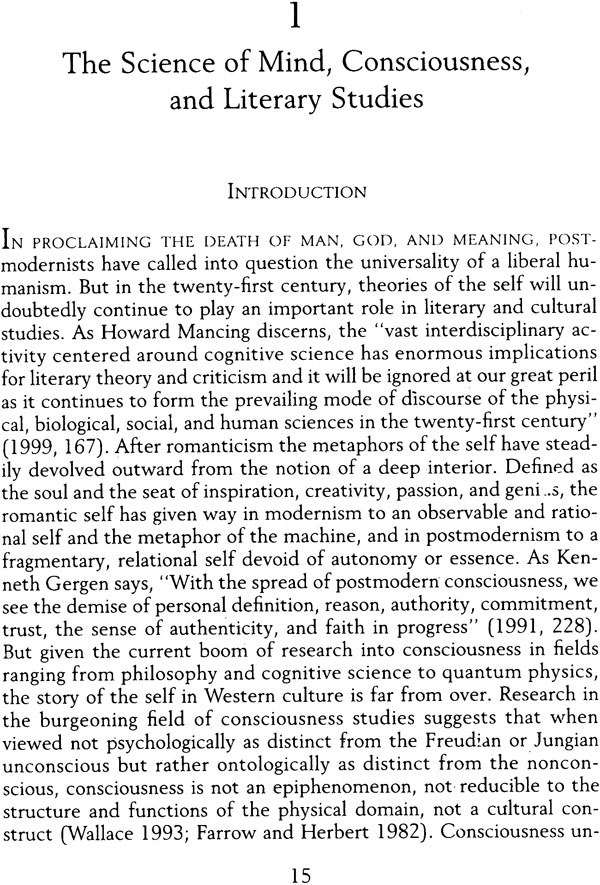
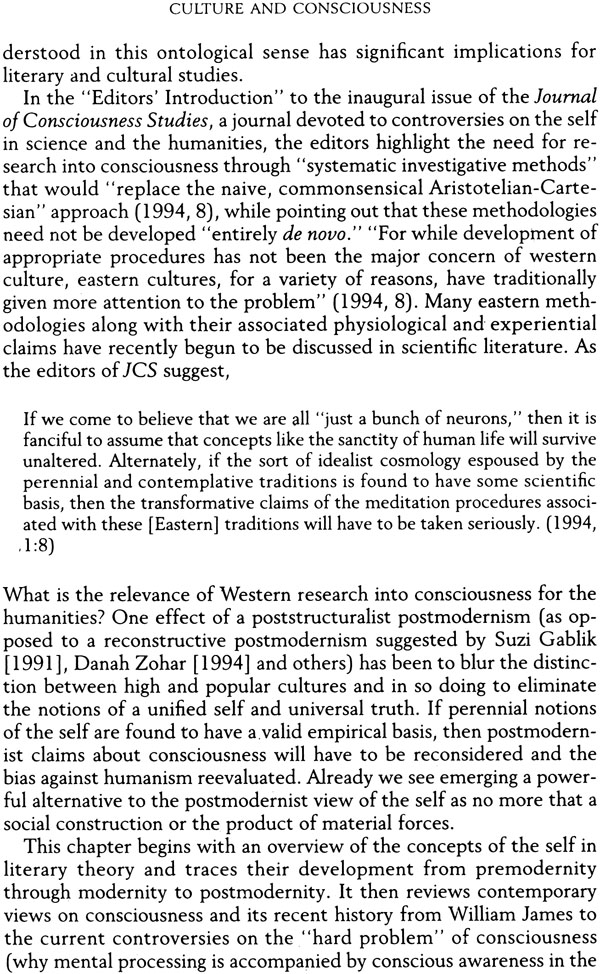





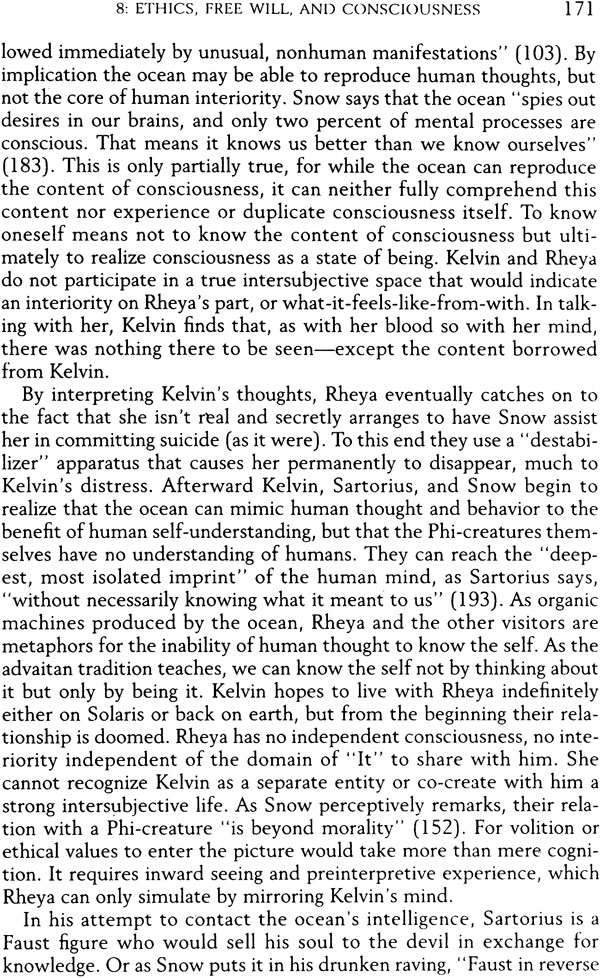
Delivery and Shipping Policy
- INTERNATIONAL SHIPPING
- Rs.1000-1100/kg
- ESTD. Delivery Time: 2-3 weeks (depending on location)
- Bubble Wrapped with Extra Padding
- NATIONAL SHIPPING
- NCR: Rs. 30/half kg
- Standard: Rs. 80/half kg
- Express shipments also available on Request
- ESTD. Delivery Time: Ranging from 1-4 days up to 7 business days (Depending on your choice of Delivery)
- TRACKING
- All orders; national or international, will be provided with a Tracking ID to check the status of their respective orders
- Depending on the Shipping Service, Tracking ID may be used on their respective tracking portals
Frequently Asked Questions (FAQs)
Domestic Shipping: 3-4 Days (after shipping)
International Shipping: 1-2 weeks (based on your location)
You will receive an email once your order has been shipped or you can email us if you didn't receive tracking details (info@mlbd.co.in)
Every book that we sell is the latest edition except all the rare books
Yes, we do provide free shipping, only on domestic orders (within India) above Rs.1500


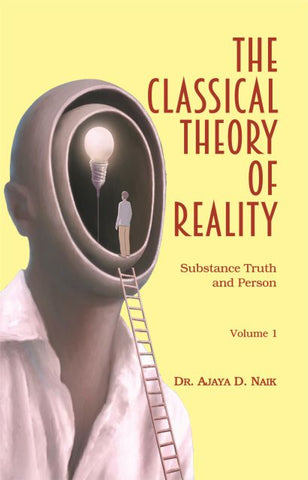
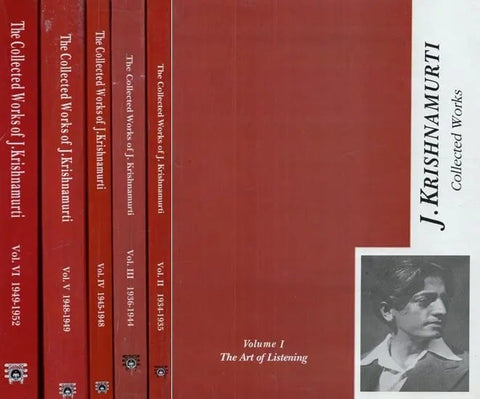

![A HISTORY OF INDIAN PHILOSOPHY [5 VOLUMES] by Surendranath Dasgupta](http://www.motilalbanarsidass.com/cdn/shop/products/HISTORYOFINDIANPHILOSOPHY_large.jpg?v=1675238163)
